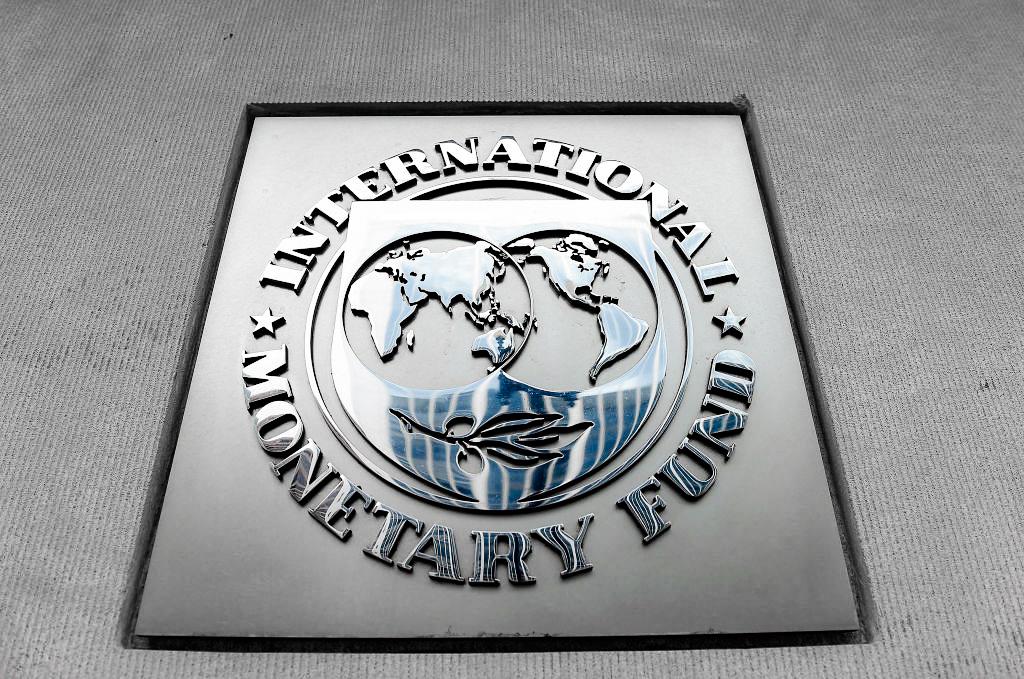Michael Hartnett, a strategist at the Bank of America, is warning investors that the current market rally may not last long and could be followed by a large decline.
Hartnett sees up to 150 points in upside potential in the S&P 500 versus a 300-point downside potential until Sept. 4 Labor Day.
In February, Hartnett predicted the S&P 500 to drop to 3,800 by March 8, which failed to materialize. He blamed the failure on the U.S. economy for avoiding a recession and a credit crunch in the first half of the year.
Investors have poured money into tech companies this year. Hartnett called the rally, powered by interest in artificial intelligence tech stocks, an “unanticipated event.”
The New Bull Market, Liquidating Tech Stocks
Mike Wilson, the chief U.S. equity strategist and chief investment officer for Morgan Stanley, dismissed the idea of a 20 percent threshold for declaring new bull markets, saying that the firm does not “find much value” in such measures.For instance, after the 1946 boom, the S&P 500 corrected by 28 percent. A 24 percent choppy bear market rally followed that lasted for around 18 months until it fell to new lows a year later.
“Thus far, it appears similar to the current bear market, which corrected 27 and a half percent last year and is now rallied 24 percent from its intraday lows but is still 10 percent below the highs,” he said.
Some experts are recommending investors liquidate their tech positions due to concerns the present rally might not stick.
Since the IT sector has performed strongly over the past 12 months, Wren recommends “trimming positions” in this sector and moving the funds into “attractively priced sectors” like healthcare, energy, and materials.
S&P 500 Performance
According to data from Slickcharts, out of the 503 companies listed in the S&P 500, only 292 firms have been in the green so far this year as of June 15. The remaining 211 are in the red.The biggest growth was seen in Nvidia Corp., which registered a year-to-date return of over 190 percent, followed by Meta at 134 percent, Tesla at 107 percent, and Carnival Corp. at 100 percent.
The biggest loser has been Dish Network which lost over 55 percent, followed by Advance Auto Parts at 52 percent, KeyCorp at 42 percent, and Zions Bancorporation at 41 percent.
While 23 percent of respondents expect the index to deliver 5 percent returns or more over the next six months, 18 percent expect it to fall by 10 percent or more.
Inflation was cited as the top concern by 61 percent of respondents, followed by recession at 59 percent, America’s ties with China at 50 percent, and persistently high interest rates at 49 percent.





